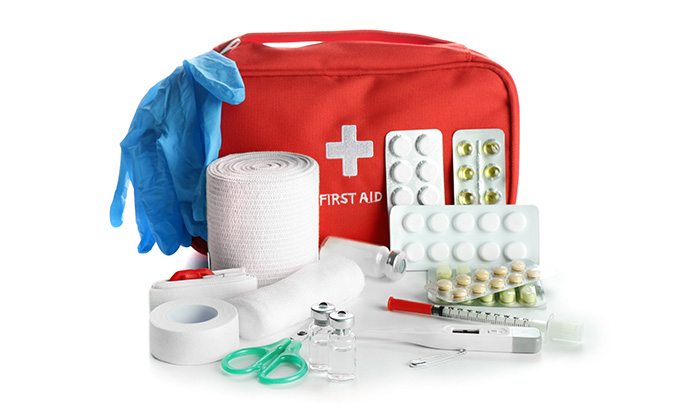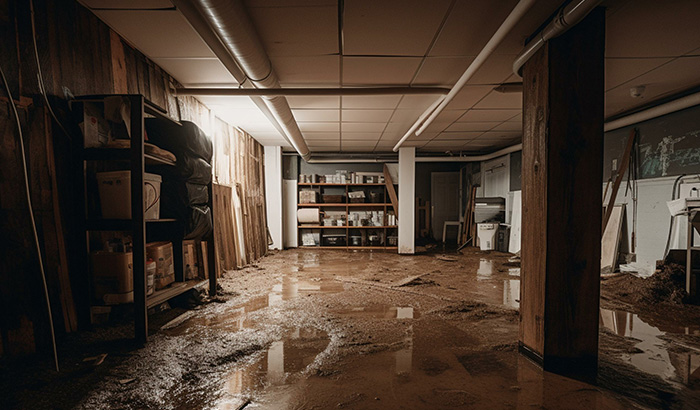
The Long-Term Effects of Water Damage on Indoor Air Quality: 9 Things to Know
When it comes to grasping the lasting impact of water damage on indoor air quality, it’s all about diving into the nitty-gritty of cleanup and

When it comes to grasping the lasting impact of water damage on indoor air quality, it’s all about diving into the nitty-gritty of cleanup and

Are you curious about first aid kits and wondering, “What does a first aid kit have?” Let’s explore the essentials together! You cut your finger

If you’re wondering where to look for mold in your home, understanding how to identify and eradicate the problem is fundamental. When we think of

Dealing with water damage is no one’s idea of fun, but knowing how to protect your house from a flood will make a huge difference

Navigating a fire’s aftermath can be overwhelming, especially when it comes to filing a fire damage insurance claim—we’re here to guide you through it. Amidst

When confronted with water damage in your Utah home or business, opting for a reliable Utah flood restoration company is crucial for swift recovery. Utah’s

The kitchen is the heart of the home, but kitchen fire prevention strategies are crucial as you cook meals and create memories with your loved

Ignoring small leaks in your home might seem like a minor issue, but this will lead to hidden water damage costs that go beyond the

Living with smoke damage in your home is not only unsightly, but it also poses insidious and lingering risks to your health and your property.

Discovering water damage in your home is an immediate buzzkill, but knowing the crucial steps will help you get your home back to normal as